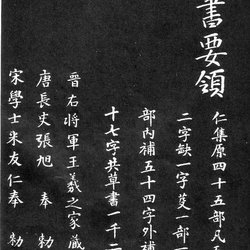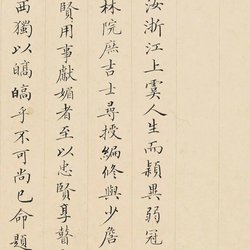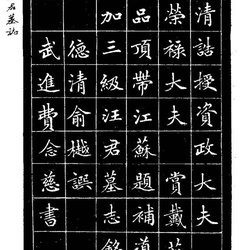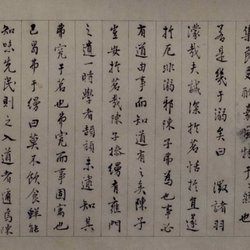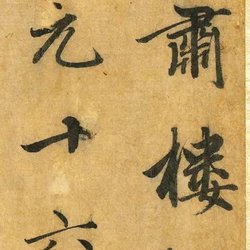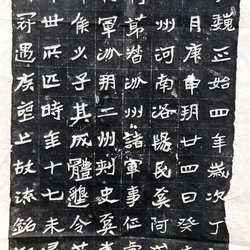Jiang Ligang, courtesy name Tingxian and nickname Dongxi, was a native of Dongxi Village, Meitou Town, Ruian, Zhejiang Province, and was a calligrapher of the Ming Dynasty. Jiang Ligang was talented and diligent since he was a child. Due to his family background, he became famous for being "able to read" at the age of seven. He was selected as an odd boy during Emperor Daizong's reign and was summoned to Beijing, where he was appointed as a "Scholar of the Hanlin Academy". In the seventh year of Tomorrow Shun (1463), he was granted the title of "Zhongshusheren", a cabinet-level imperial office to handle affairs. In the 21st year of Chenghua (1485), he was promoted to the rank of fifth-rank official doctor. In the fourth year of Hongzhi (1491), he was promoted to the fourth rank of Taipusi Shaoqing by copying the "Records of Xuanzong". His calligraphy was not only famous in China at that time, but also enjoyed a high reputation in Japan. According to He Qiaolin's "Famous Mountain Collection", the gate of Japan is 13 feet high. In order to obtain a plaque, an envoy was sent to our country and Jiang Ligang was asked to write it. "When the outline is set out in a book, the people of the country always boast and say: This is the most valuable thing that China has benefited me from." Known as the "Book Master of a Generation".
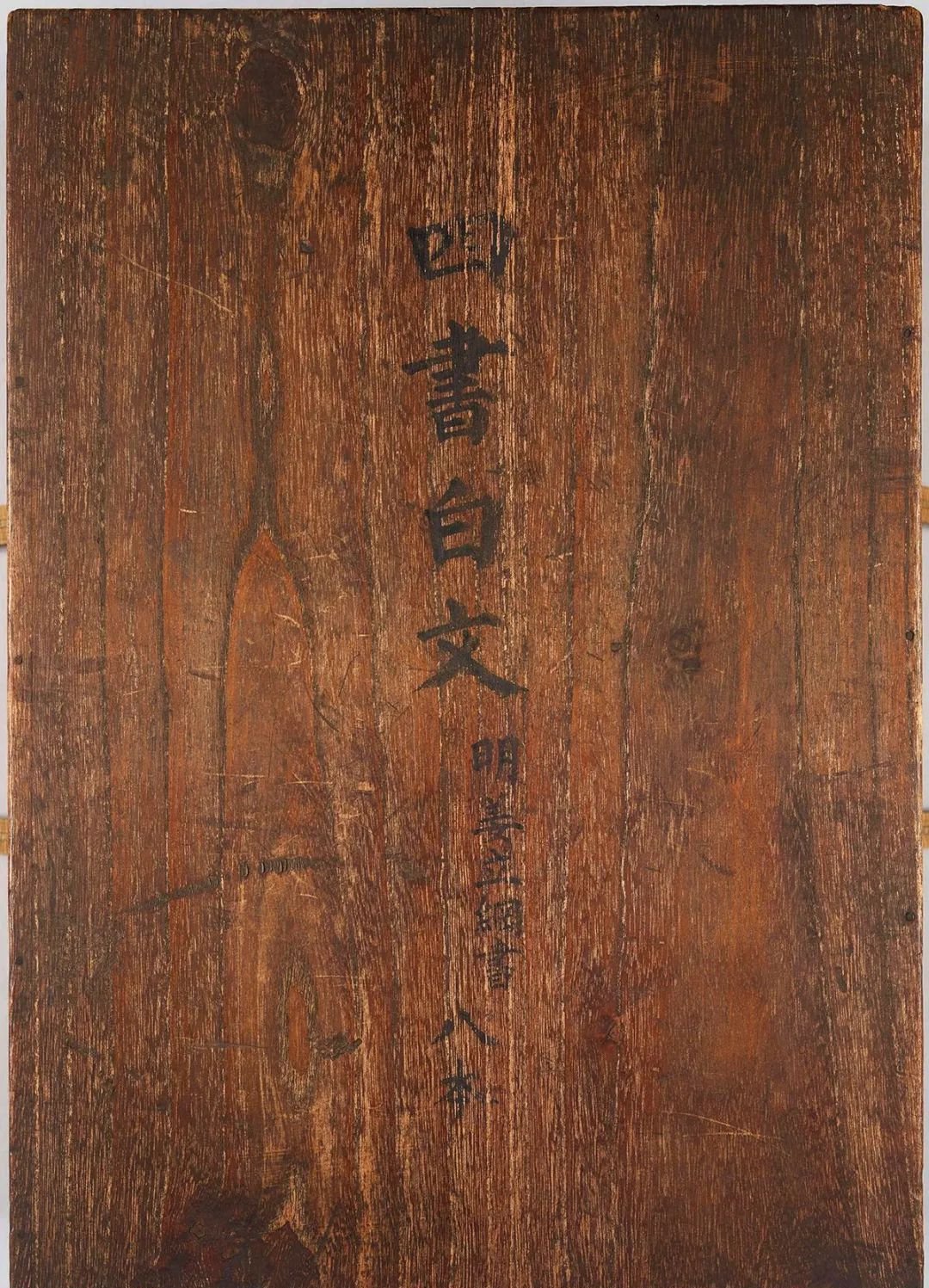
Ming Dynasty manuscript version of "Four Books in White", university volume, collected by the Imperial Household Office of Japan.
This book has no author. Wang Shizhen's postscript at the end of the volume believes that this book is a reading book for the crown prince in the erotic palace. When he first saw this character, Wang Shizhen thought it was written by Shen Du, a great calligrapher of the Ming Dynasty. Later, he noticed the edge in Bo Teng that Shen Du did not have and determined that the book was written by Jiang Ligang.
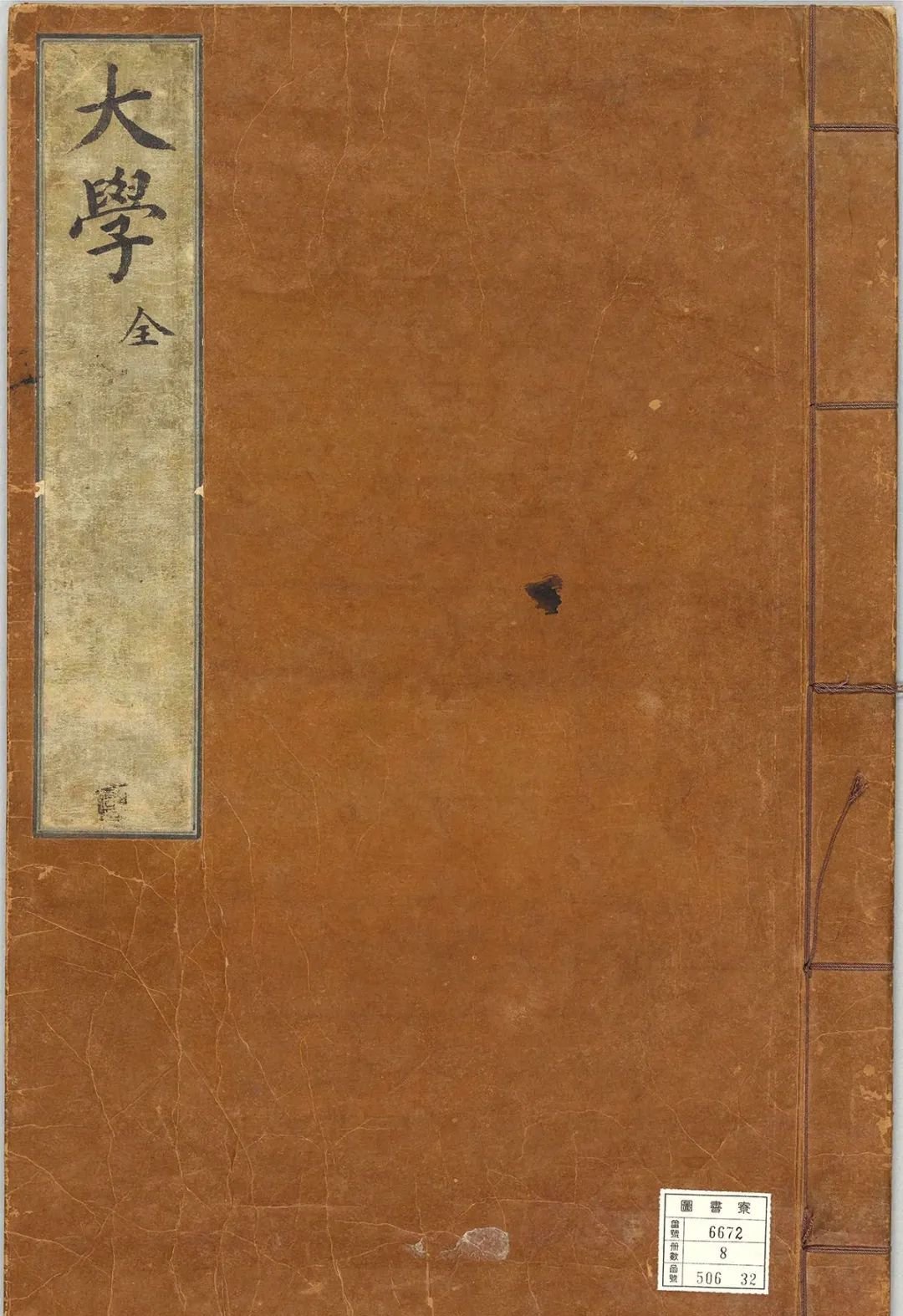
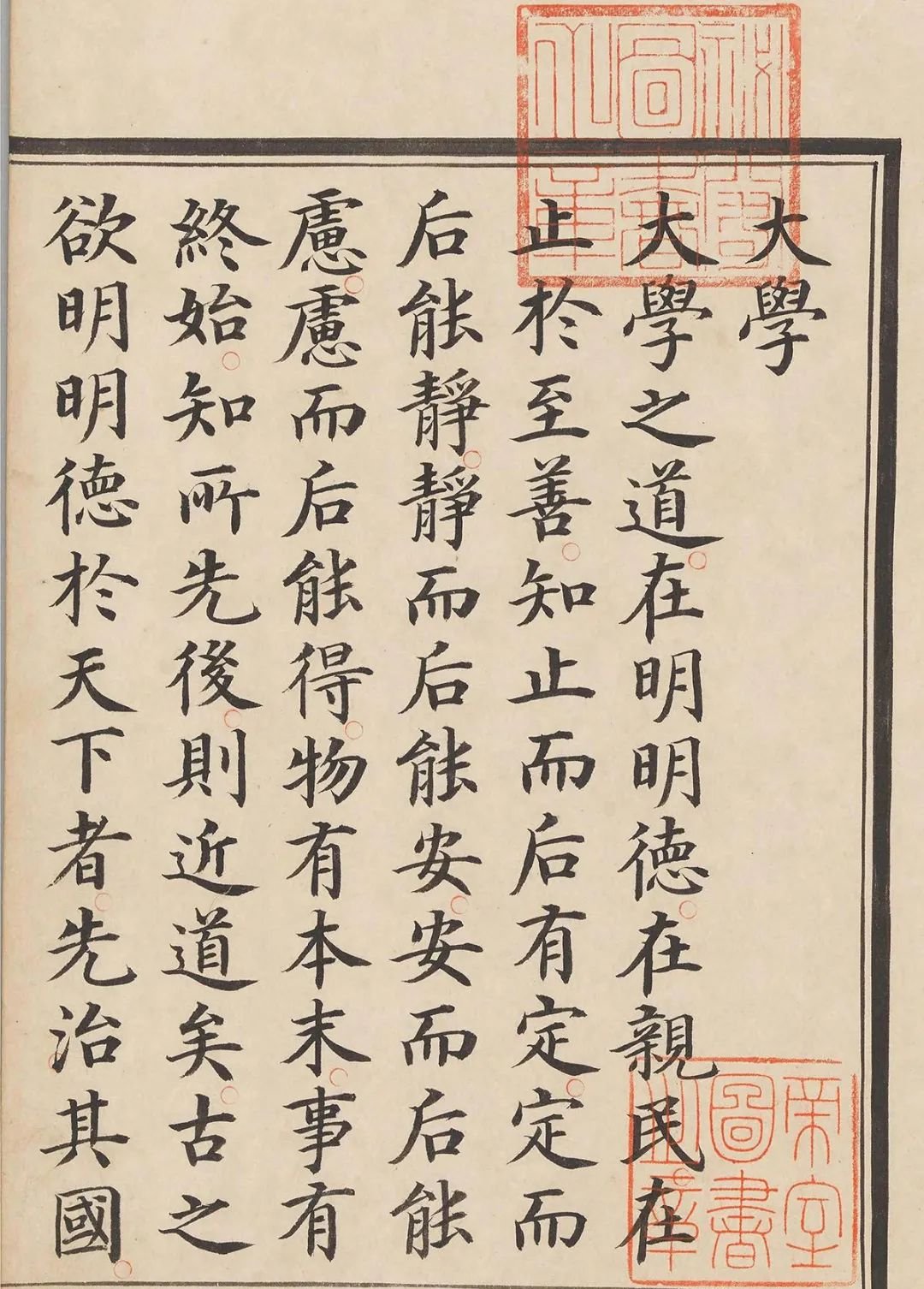
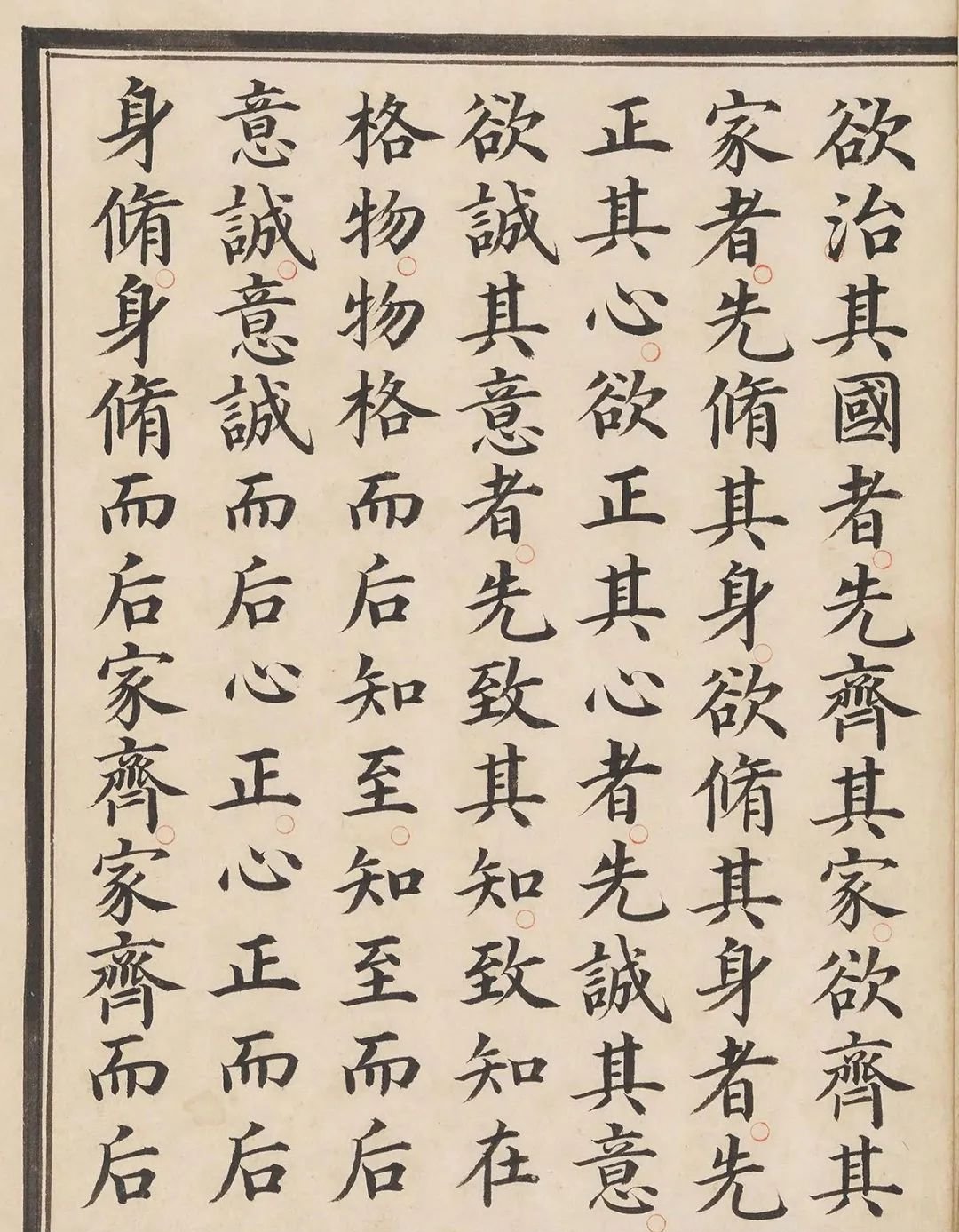
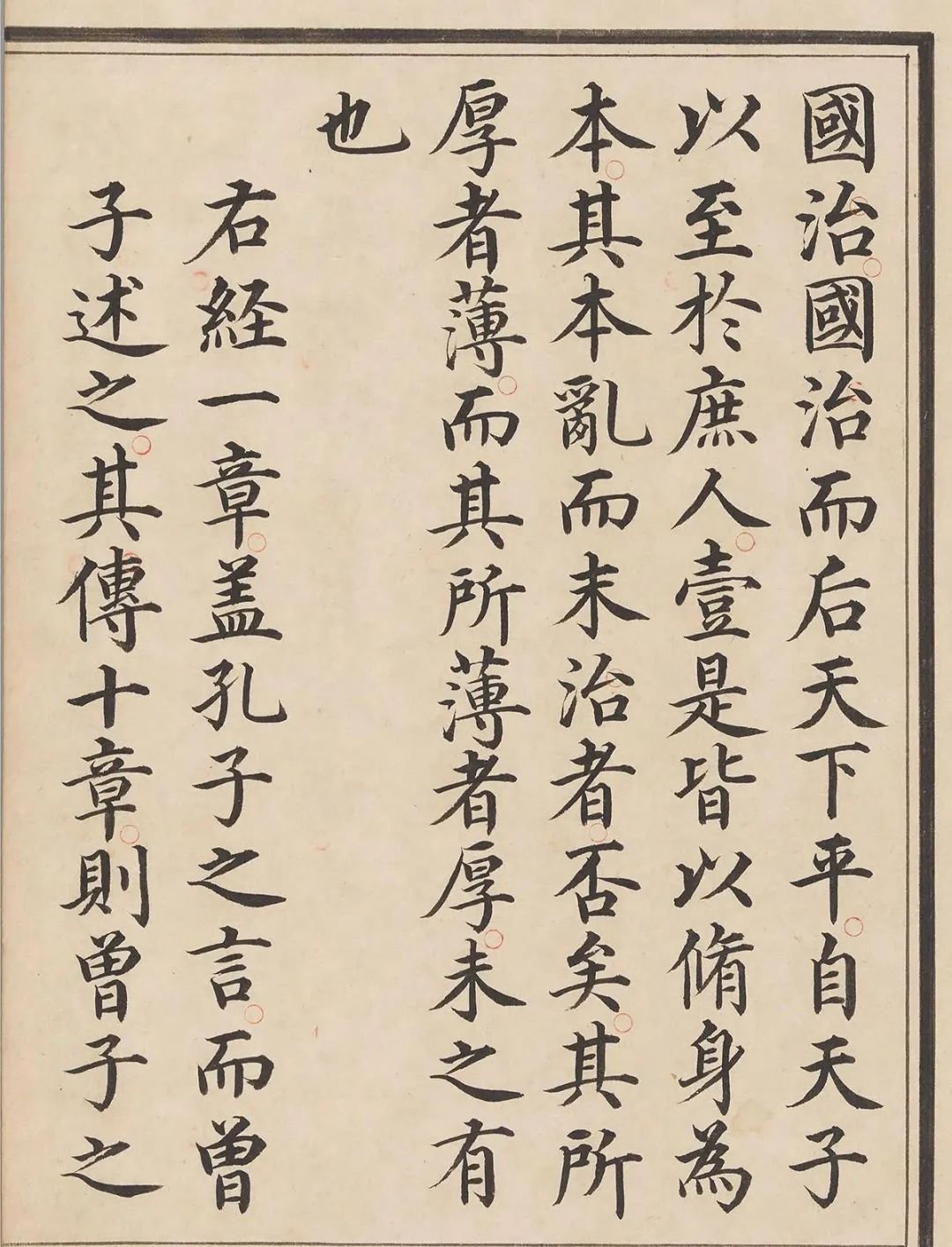
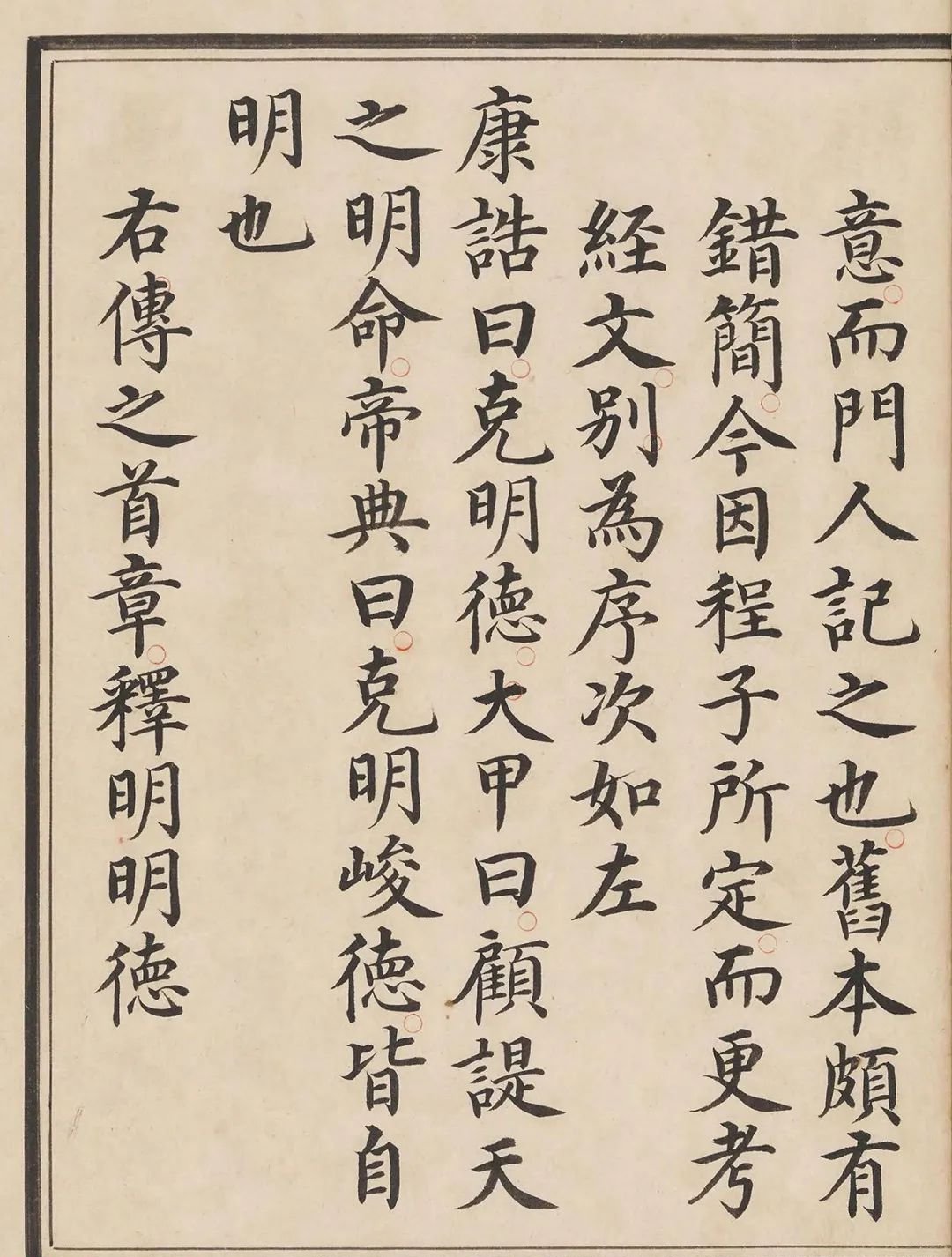
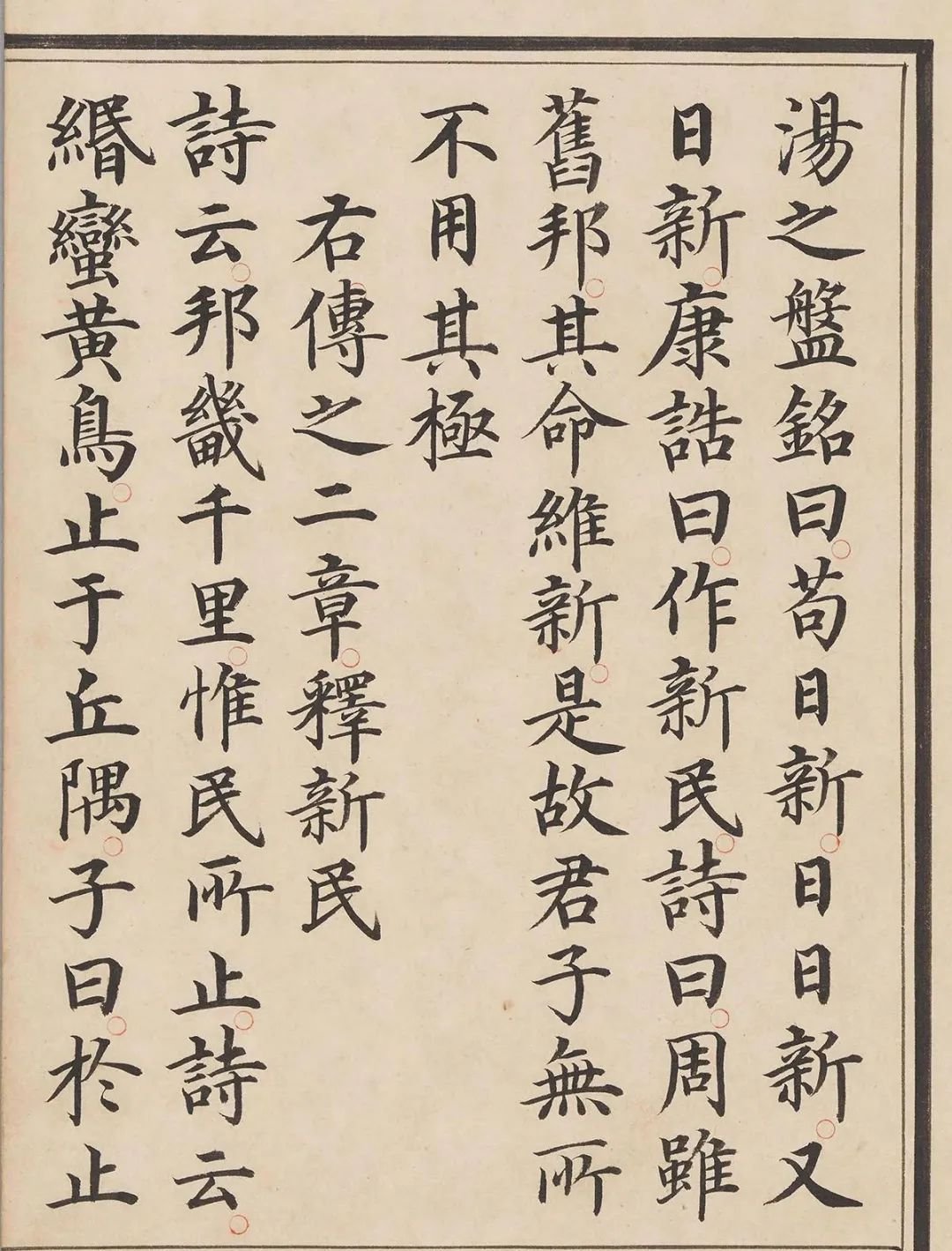
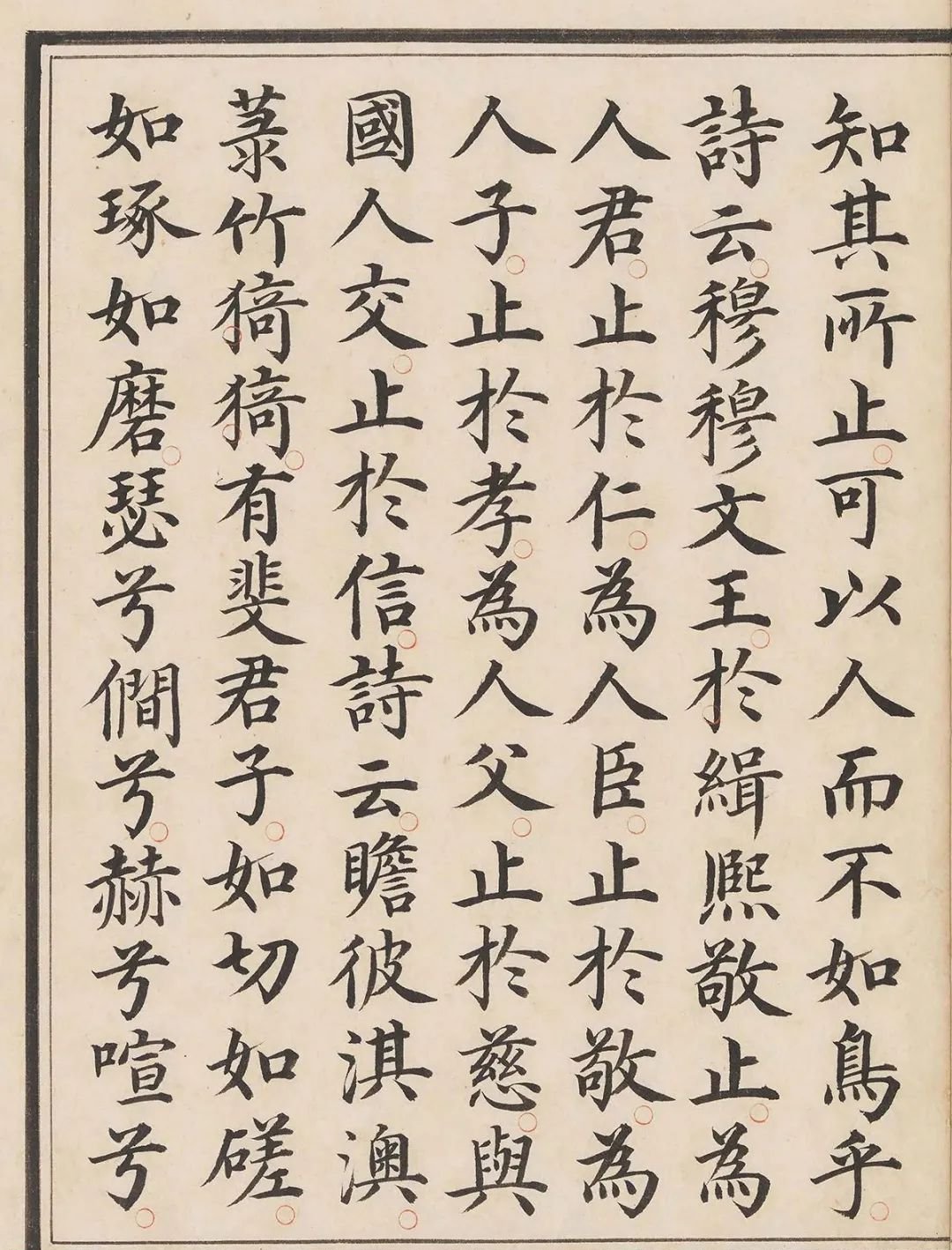
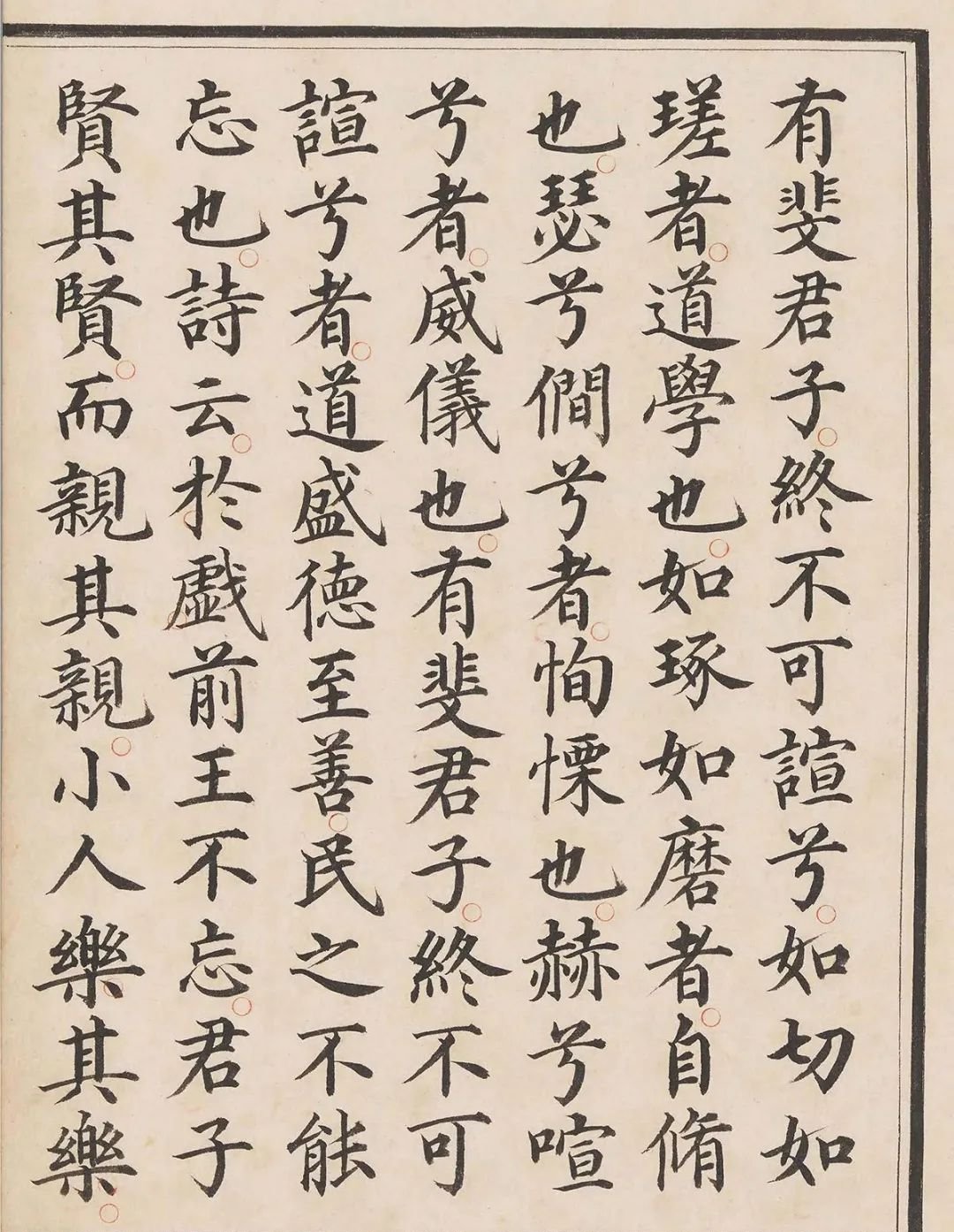
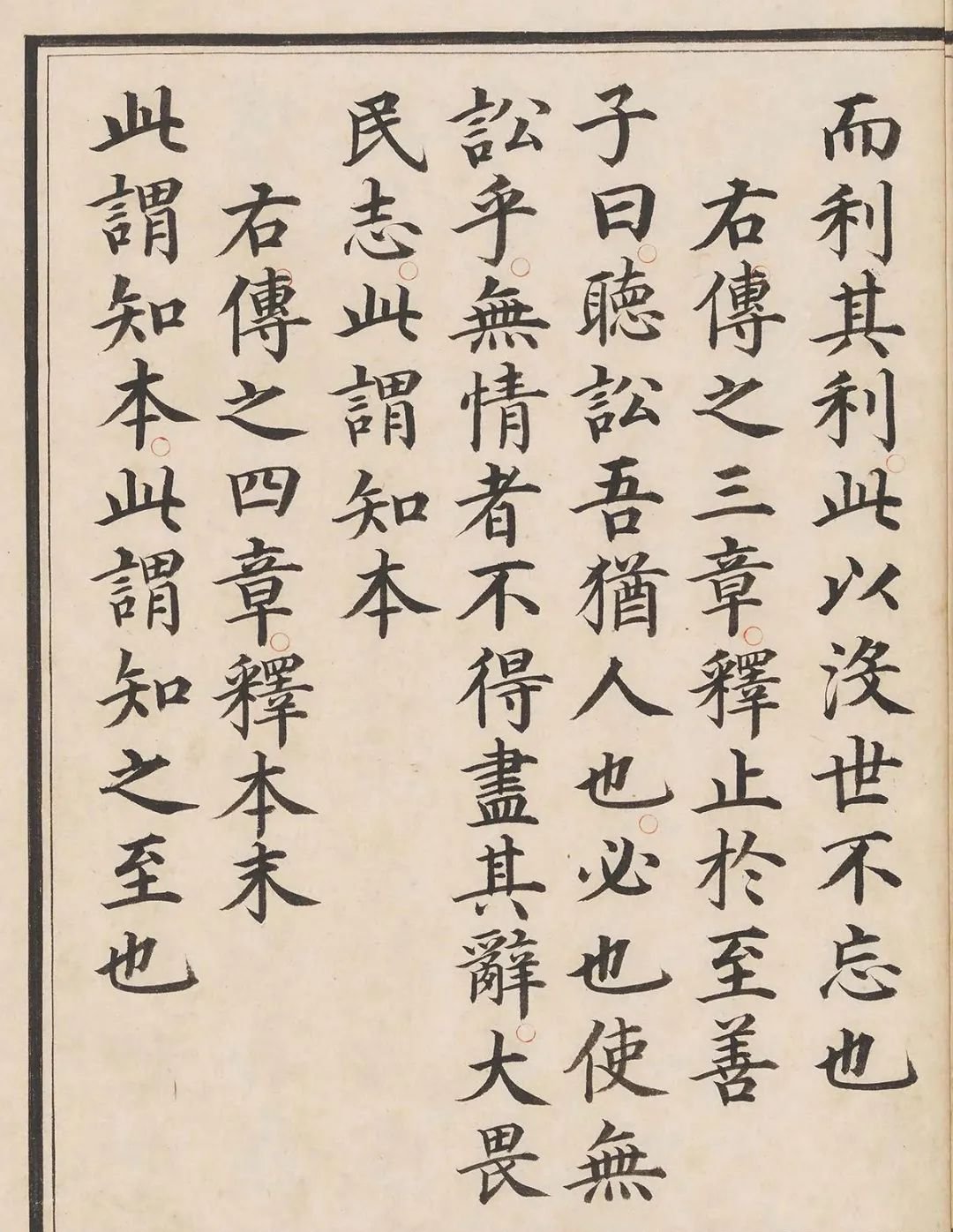
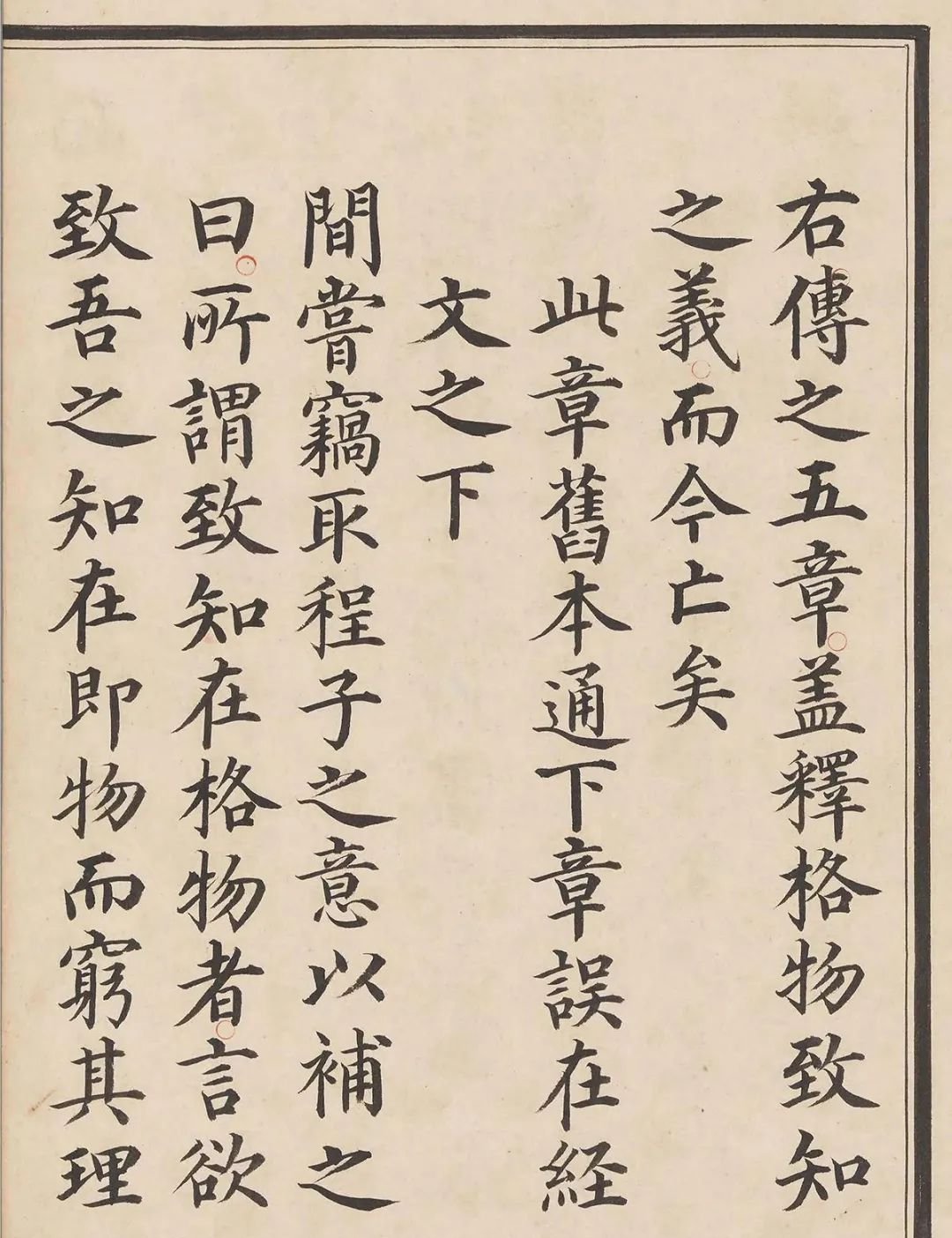
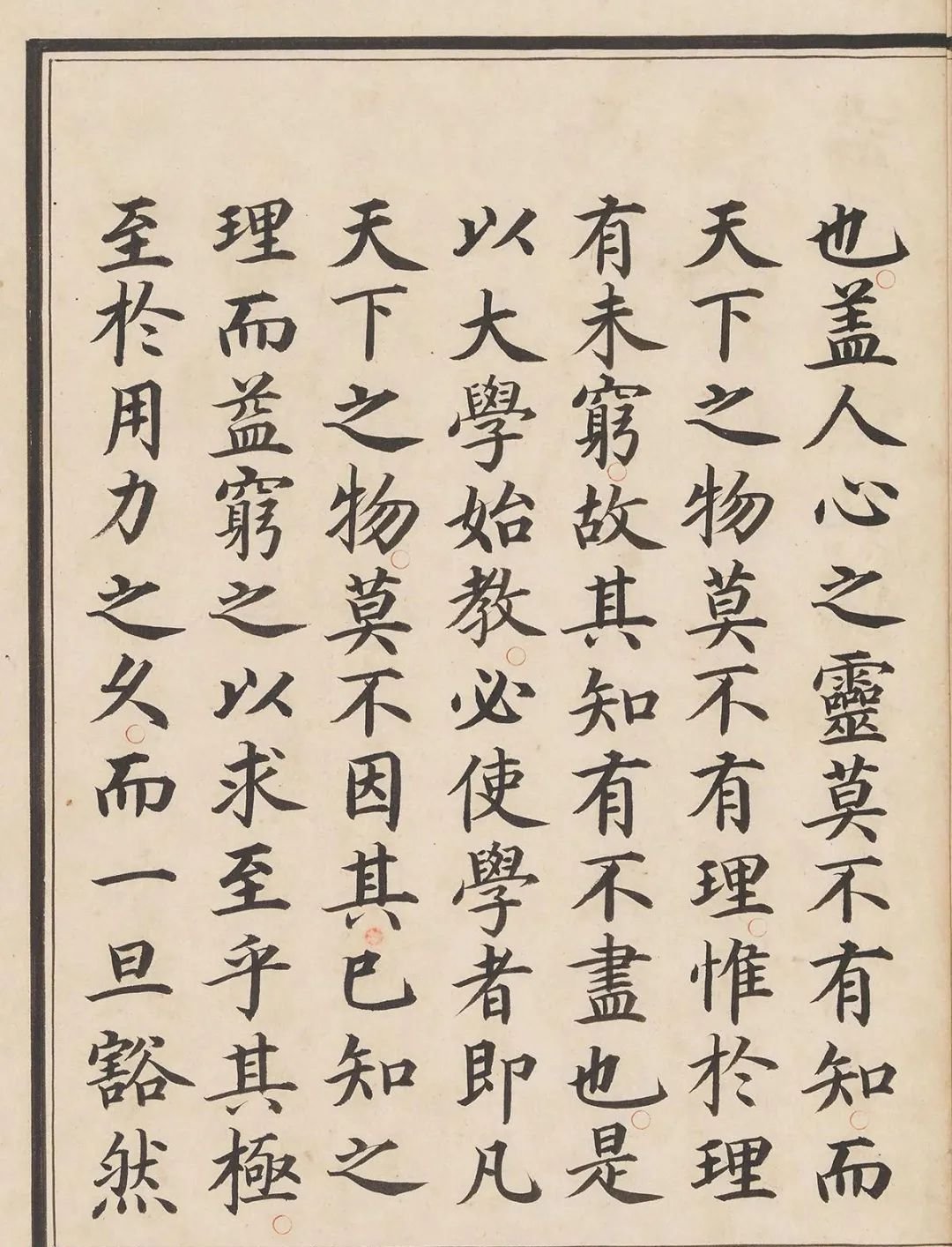
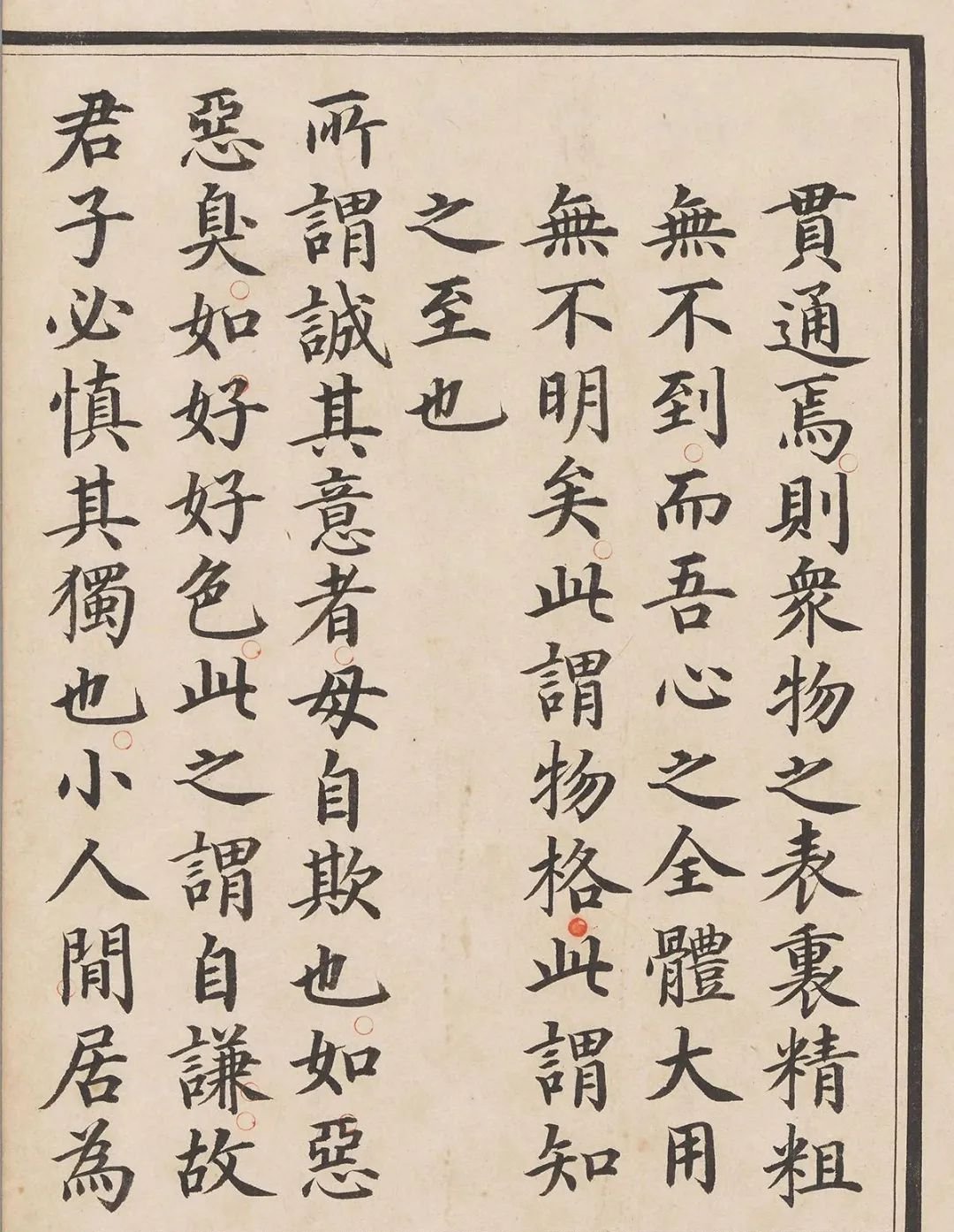
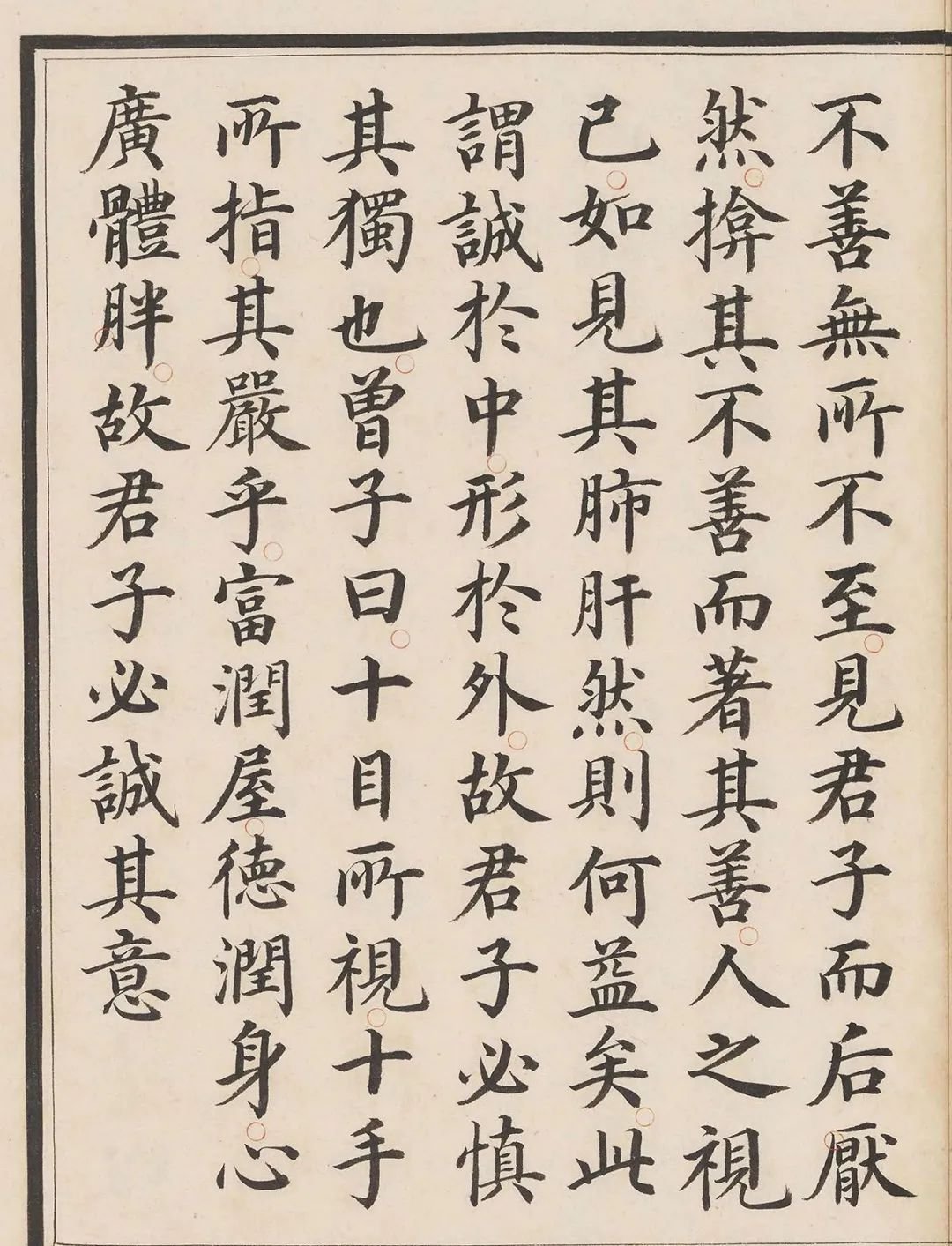
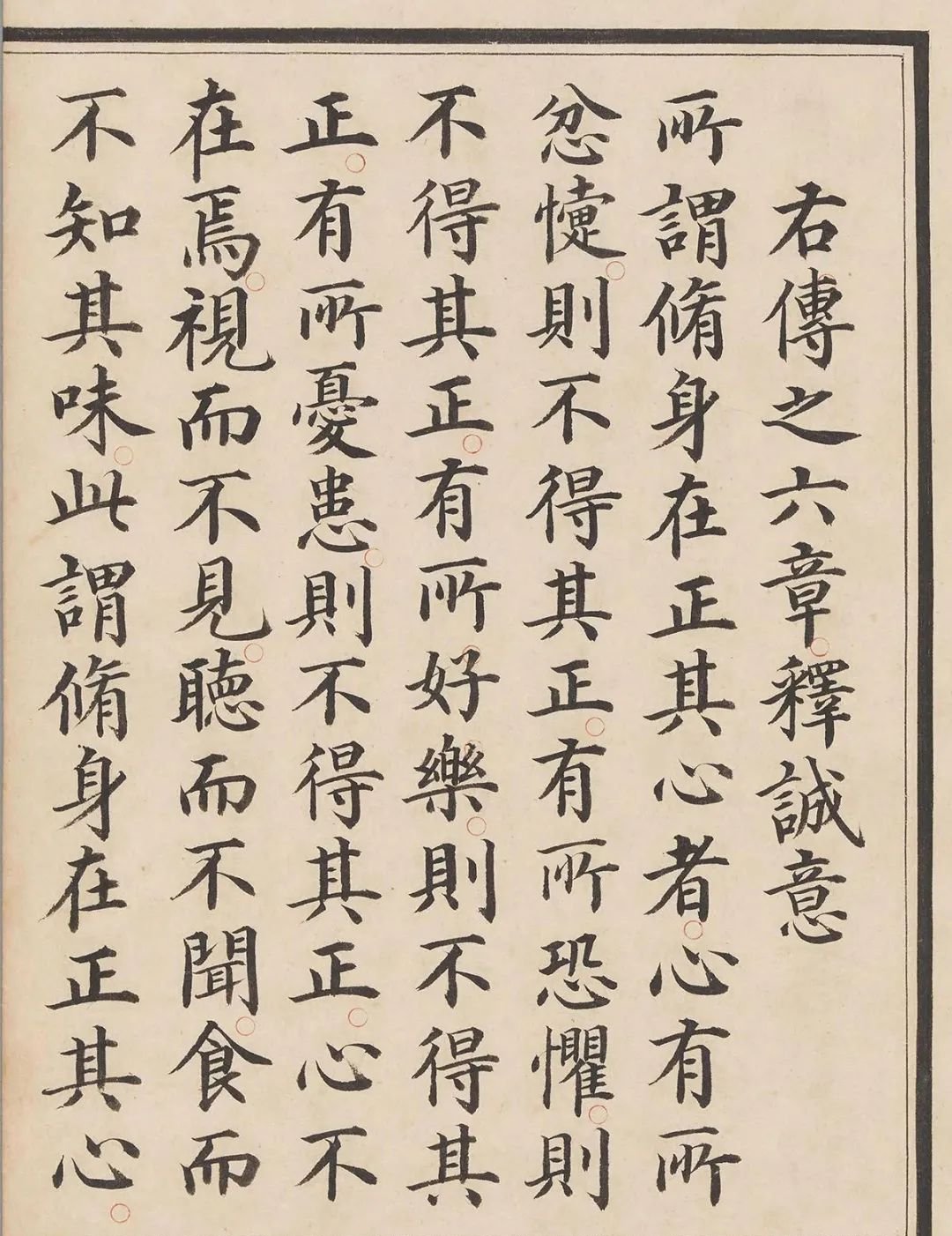
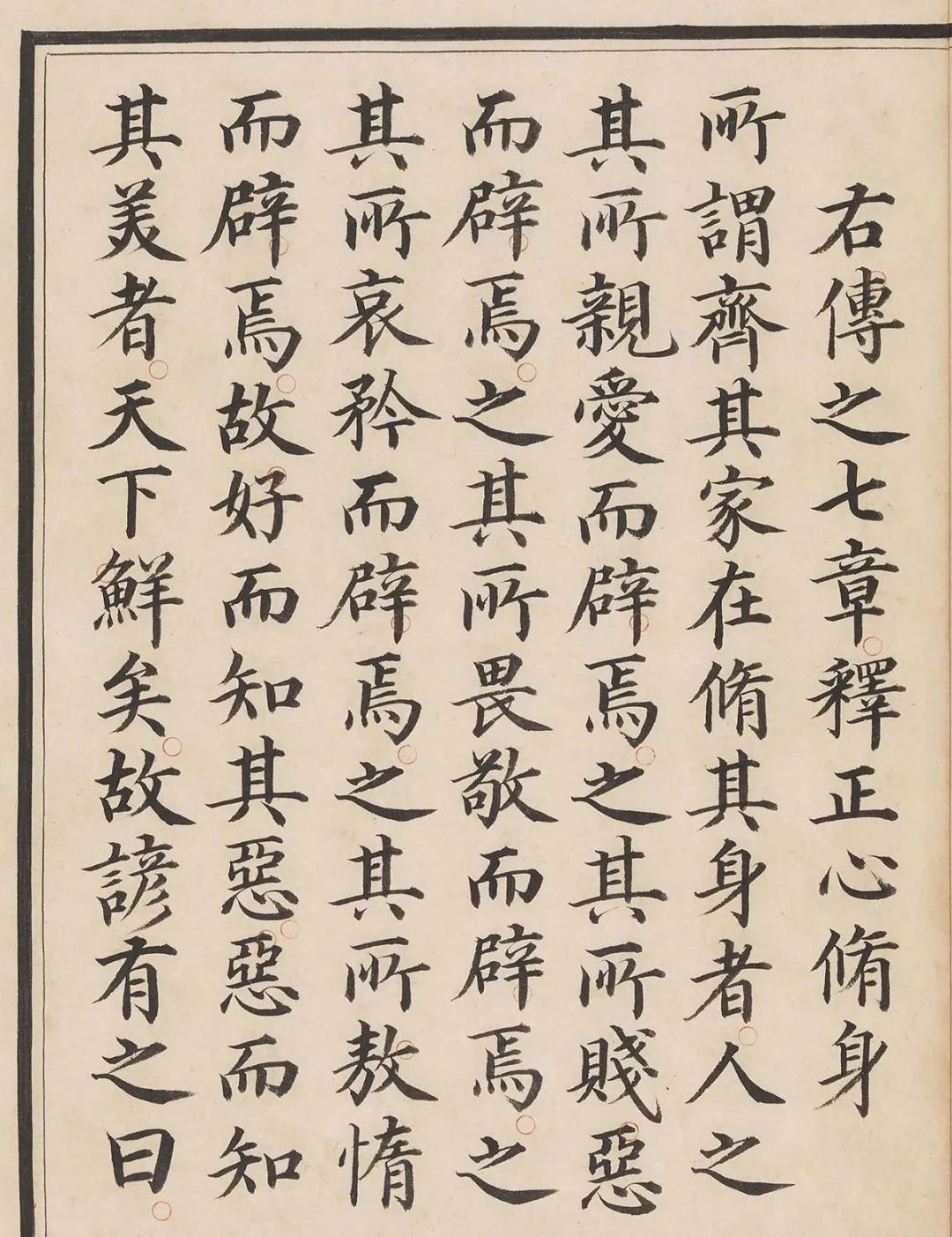
The pictures and texts come from the Internet, and the copyright belongs to the original author. Infringement will be deleted.

